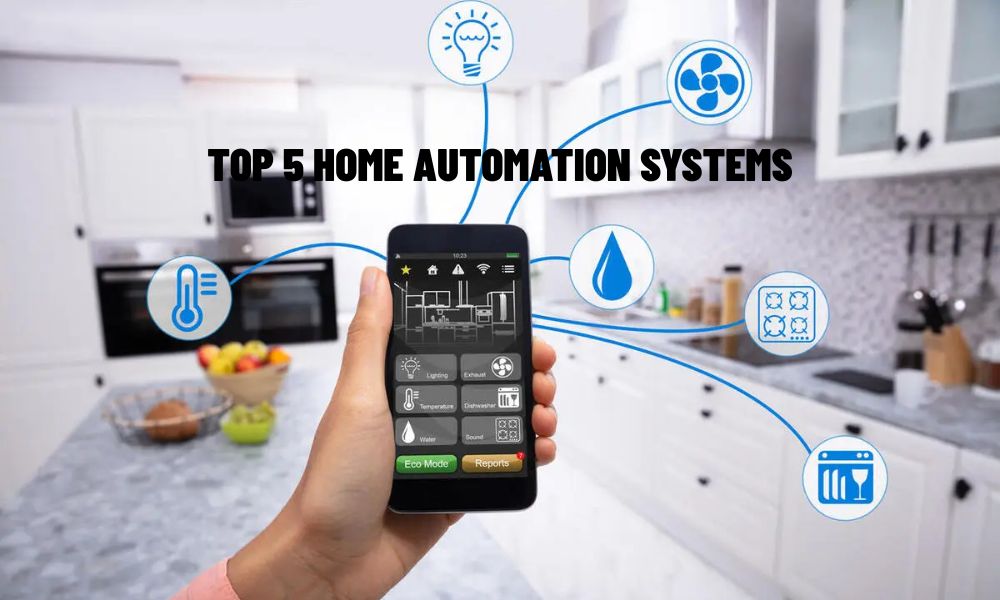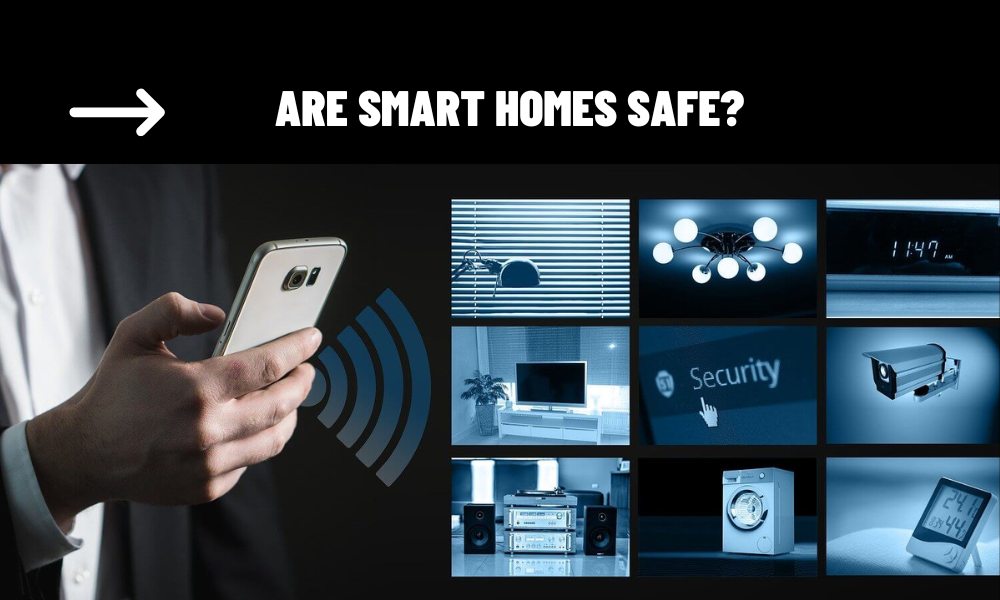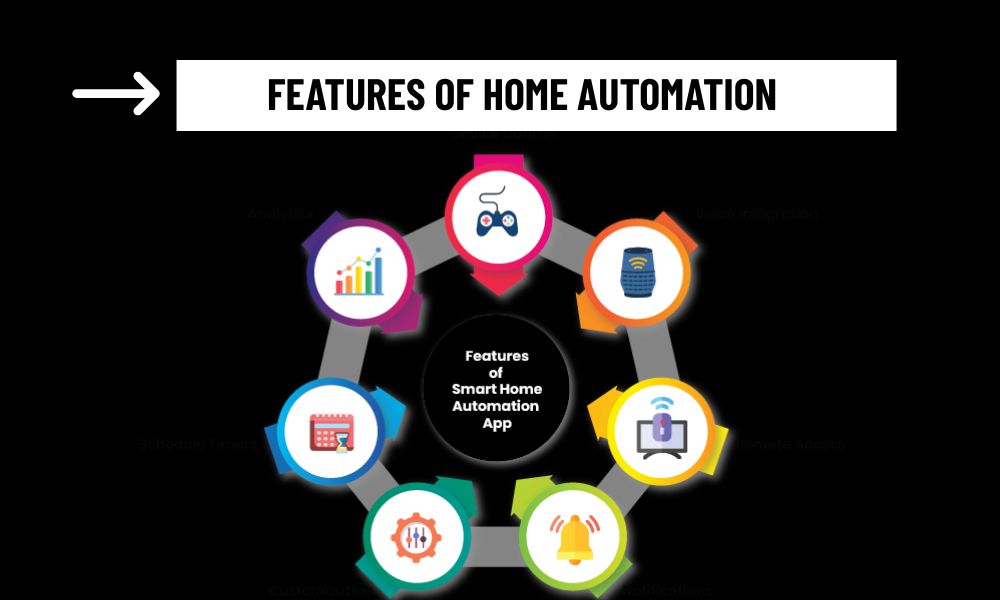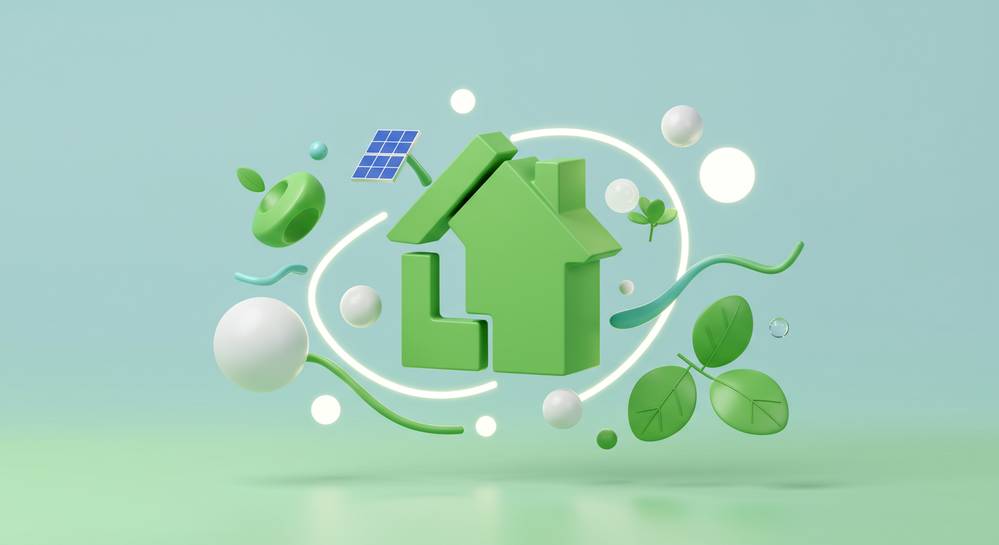As smart technology becomes more embedded in everyday life, the demand for reliable, intelligent home automation systems has grown significantly. Today, we’re no longer talking about just controlling lights from a smartphone. The best platforms now offer energy optimization, real-time monitoring, AI-based routines, and seamless integration with a broader ecosystem of devices.
So, when people search for the top 5 home automation systems, they’re not simply looking for a list—they’re seeking clarity: Which one suits my lifestyle, my level of tech comfort, and my long-term goals?
Let’s take a strategic look at what sets the leading home automation platforms apart, and how to choose the right one for your connected home in 2025.
Contents
Beyond the List: What “Top” Really Means in Smart Homes
Ranking the top 5 home automation systems isn’t just about naming the most popular brands. It’s about understanding how these platforms address specific needs:
- Some users prioritize privacy and data security
- Others want maximum device compatibility
- And many look for ease of use, voice integration, and cost-efficiency
- The right choice depends on what matters most to you.
For instance, if you’re deeply embedded in the Apple ecosystem and value privacy, Apple HomeKit will feel natural and secure. On the other hand, someone who owns Alexa speakers in every room might prefer the versatility and affordability of Amazon Alexa.

System Ecosystems Matter More Than Ever
One defining trend in today’s top systems is how tightly they integrate with larger ecosystems. These ecosystems go beyond smart lights or cameras—they include everything from wearables to appliances to cars.
For example:
- Google Home isn’t just a voice assistant; it connects with Nest cameras, Pixel phones, Android TVs, and even electric vehicle chargers.
- Samsung SmartThings ties into Samsung’s own line of fridges, washers, and TVs, offering unified control via a single app.
- Home Assistant, though open source, offers wide-ranging integration thanks to its community-driven development and support for local control.
When comparing the top 5 home automation systems, ask yourself: Will this system grow with my needs? Ecosystem longevity is just as important as feature checklists.
Cloud-Based vs. Local Control: A Fundamental Choice
Another way to distinguish between leading platforms is to consider how they handle data and automation logic. Some platforms are cloud-based, meaning they rely on internet connectivity to function, while others offer local control, keeping data inside your home.
Cloud-based platforms like Google Home and Amazon Alexa offer convenience, voice control, and remote access—but they raise privacy concerns and depend on a stable internet connection.
In contrast, systems like Home Assistant or Apple HomeKit (with Home Hub) prioritize local execution. These setups are often more responsive and resilient to network outages.
Your preference on this front should guide which system is best suited for your household.
Interoperability Is the New Standard
Thanks to the emergence of Matter, a new universal connectivity standard, interoperability is becoming a central feature in the top 5 home automation systems. Matter allows devices from different brands to talk to each other reliably and securely.
In 2025, most major platforms—whether Google, Apple, Amazon, or Samsung—have adopted Matter support to ensure that smart bulbs, locks, and thermostats can be mixed and matched without compatibility headaches.
So, even if you’re locked into one ecosystem, it doesn’t mean you can’t benefit from innovations across others. This flexibility is a huge win for homeowners.

Your Smart Home Should Fit You
Choosing from the top 5 home automation systems is less about features and more about alignment. What you want from a smart home—whether convenience, control, privacy, or innovation—should determine your platform.
Rather than chasing hype or popularity, evaluate each system based on:
- How much control you want
- What devices you already own
- Your comfort with tech
- The level of automation you hope to achieve
In the end, the “top” system is the one that makes your home feel more personal, more helpful, and more connected—on your own terms.


